Ultfafine Fe3O4 Powders Iron Oxide IONPs for water treatment
|
Product name
|
Iron Oxide Black / Ultrafine Fe3O4 powder
|
|
Specification
|
50-80nm, 99.9% / 100-200nm, 99%
|
|
Appearance
|
black powder
|
|
MOQ
|
1kg
|
|
Package
|
double anti-static bags
|
|
CAS No.
|
1317-61-9
|
|
Brand
|
HONGWU
|
|
Application
|
Water treatment etc
|
Below for your reference only, application effect and details needs your own testing and explore, your understanding is highly appreaciated.
Ferroferric oxide (Fe₃O₄) nanopowders have shown extensive application potential in the field of water treatment due to their unique magnetic properties, high specific surface area, catalytic activity and surface modifiability. The following are its main application directions and mechanisms:
1. Adsorption and removal of pollutants
**Heavy metal ions** (such as Pb²⁺, Cd²⁺, As³⁺/⁵⁺):
The surface of Fe₃O₄ nanoparticles is rich in hydroxyl groups (—OH), which can capture heavy metal ions by complexation or electrostatic adsorption. For example, As (arsenic) forms an inner layer complex with surface hydroxyl groups.
**Organic pollutants** (dyes, pesticides, antibiotics, etc.):
The affinity for organic matter is enhanced through surface modification (such as loading chitosan, carbon layer). For example, the modified Fe₃O₄ can efficiently adsorb methylene blue (>90% removal rate).
**Magnetic separation technology**:
After adsorbing pollutants, the external magnetic field is used to quickly separate nanoparticles, avoiding the clogging problem of traditional filtration, which is suitable for large-scale water treatment.
2. Advanced oxidation catalysis (AOPs)
**Fenton-like reaction**:
The Fe²⁺/Fe³⁺ cycle in Fe₃O₄ catalyzes H₂O₂ to produce ·OH radicals, degrading difficult-to-decompose organic matter (such as phenol, antibiotics).
**Activated persulfate (PMS/PDS)**:
Fe₃O₄ activates persulfate to generate SO₄·⁻ radicals, efficiently degrading persistent pollutants such as perfluorinated compounds (PFOA).
3. Photocatalytic synergistic treatment
**Combined with semiconductors** (such as Fe₃O₄/TiO₂, Fe₃O₄/g-C₃N₄):
Under light, Fe₃O₄ acts as an electron transport carrier, inhibiting the recombination of photogenerated electrons and holes, and improving the degradation efficiency. For example, the degradation rate of rhodamine B by Fe₃O₄@TiO₂ can reach 95% (under ultraviolet light).
4. Sterilization and biological pollution control
- **Destruction of bacterial cell membrane**:
Fe₃O₄ nanoparticles release Fe ions or produce reactive oxygen species (ROS), destroying the microbial membrane structure.
**Application**: The inactivation rate of Escherichia coli and Staphylococcus aureus is >99% (when combined with H₂O₂).
5. Other applications
**Phosphorus removal**:
By forming Fe-P precipitation or surface adsorption, the risk of eutrophication of water bodies can be effectively reduced.
**Oil-water separation**:
Hydrophobically modified Fe₃O₄ nanopowders can magnetically adsorb oil pollution and are used for marine oil spill recovery.
Actual case
**Industrial wastewater treatment**: A printing and dyeing factory uses Fe₃O₄@C nanoparticle adsorption-magnetic separation combined process, COD removal rate increased by 40%, and operating costs reduced by 30%.
**Groundwater remediation**: Injection of Fe₃O₄/persulfate slow-release gel to degrade chlorinated hydrocarbon pollutants in situ.
The water treatment application of Fe₃O₄ nanopowder is developing towards **multifunctional composite materials** and **intelligent response design** (such as pH/magnetic field triggered release), and is expected to become a core material for efficient and sustainable water treatment technology in the future.


 English
English français
français Deutsch
Deutsch русский
русский italiano
italiano español
español português
português 日本語
日本語 한국의
한국의 Türkçe
Türkçe

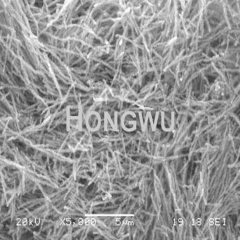
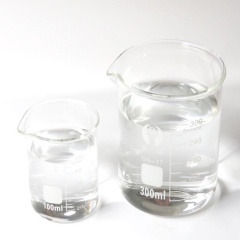
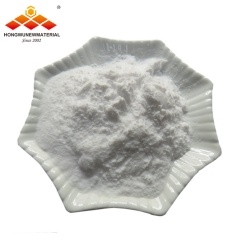
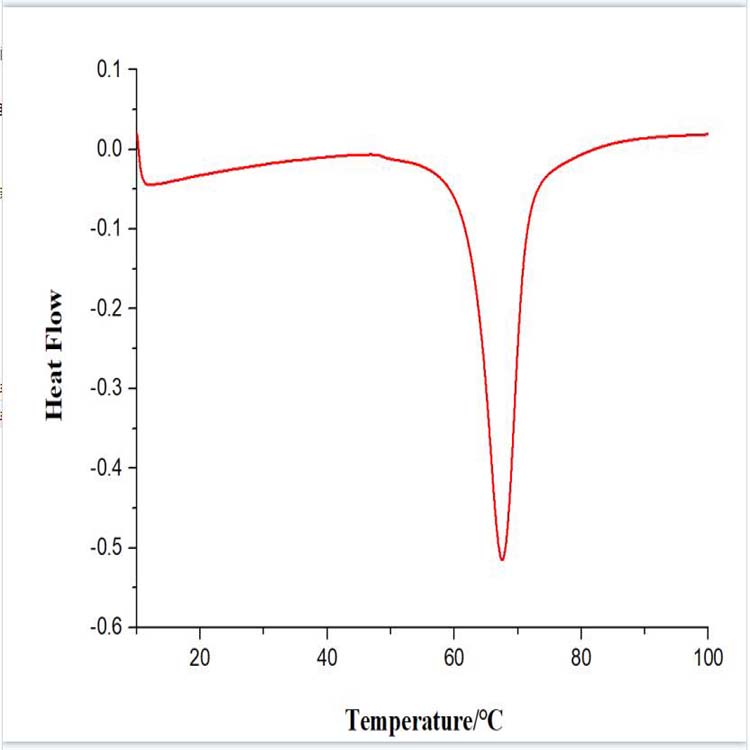
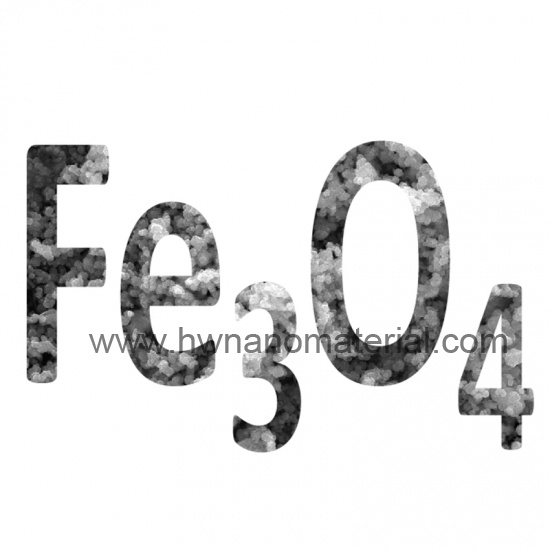
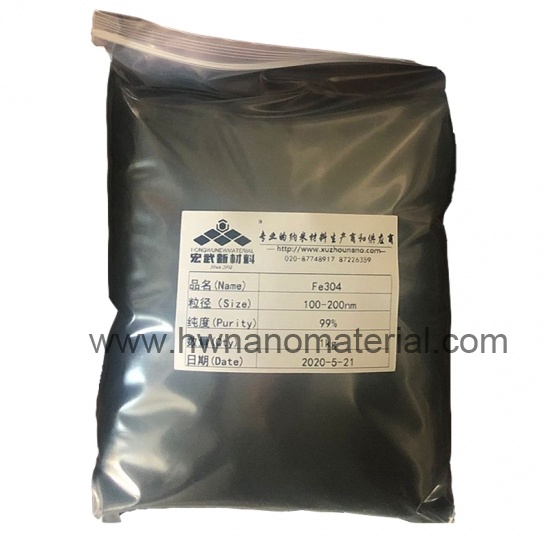
























 8620-87226359,8620-87748917
8620-87226359,8620-87748917

